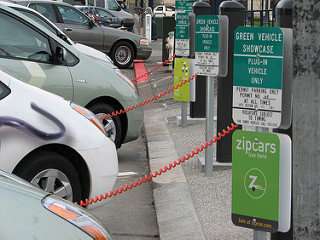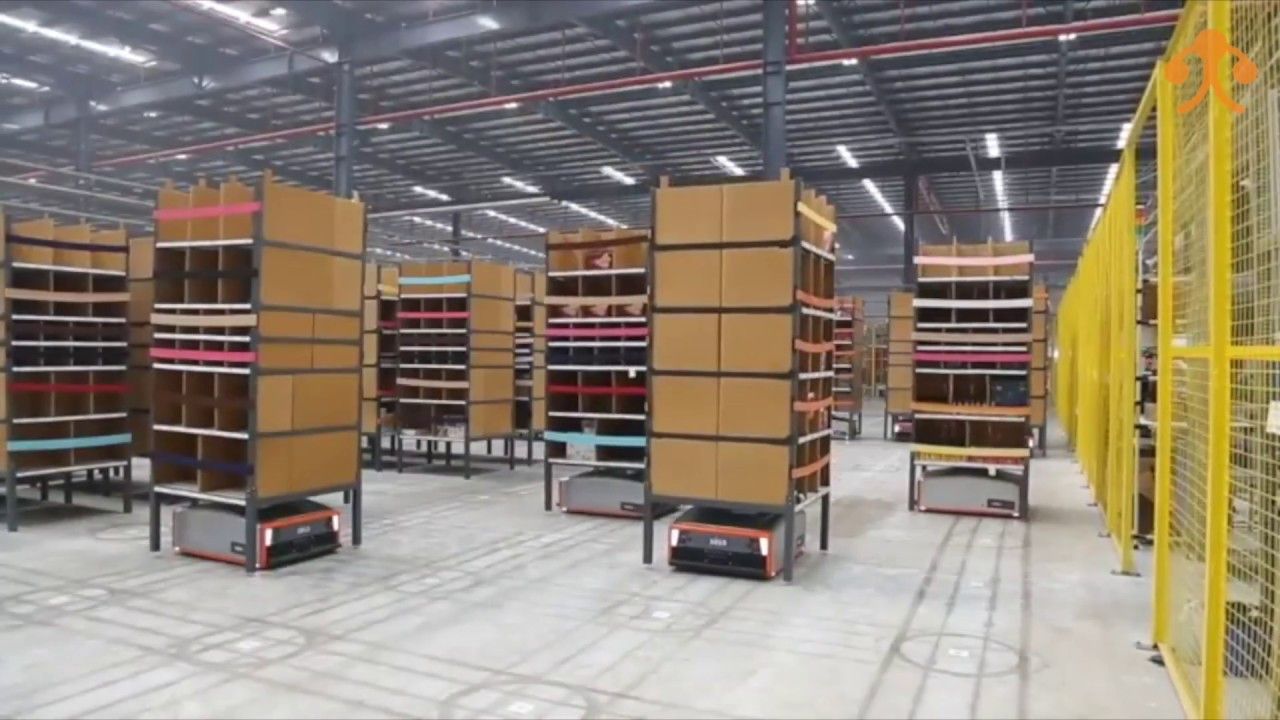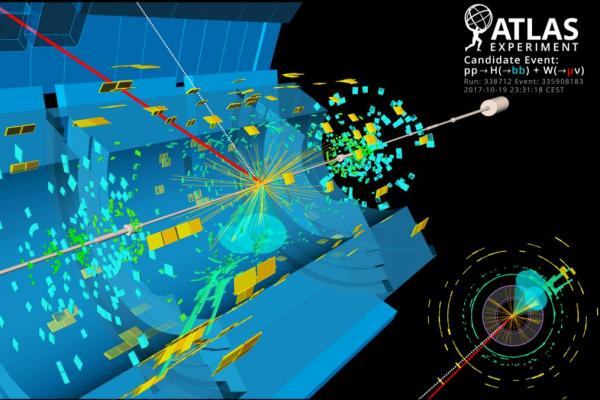Drivers considering plug-in hybrid vehicles with a gasoline backup are most interested in economic benefits while those gravitating toward battery-electric vehicles have stronger environmental concerns, according to a study led by a University of Kansas transportation policy scholar.
The research has identified distinct profiles of people considering newer electric vehicle technologies showing the two types of vehicles—one that offers gasoline as a safety net and another that relies solely on battery charging—are very different in the eyes of consumers.
“Our findings inform the misconception and show that electric vehicles are not a homogeneous entity,” said the study’s lead author Bradley Lane, associate professor in the KU School of Public Affairs & Administration. “There are distinctive profiles of potential users for whom a plug-in hybrid is attractive and another for whom a battery electric is attractive. And these are two very distinct groups, similar to how there is a group of users who are attracted to a sport-utility vehicle and a separate group attracted to an economy car. We have shed more light on what factors influence how people make these decisions.”






